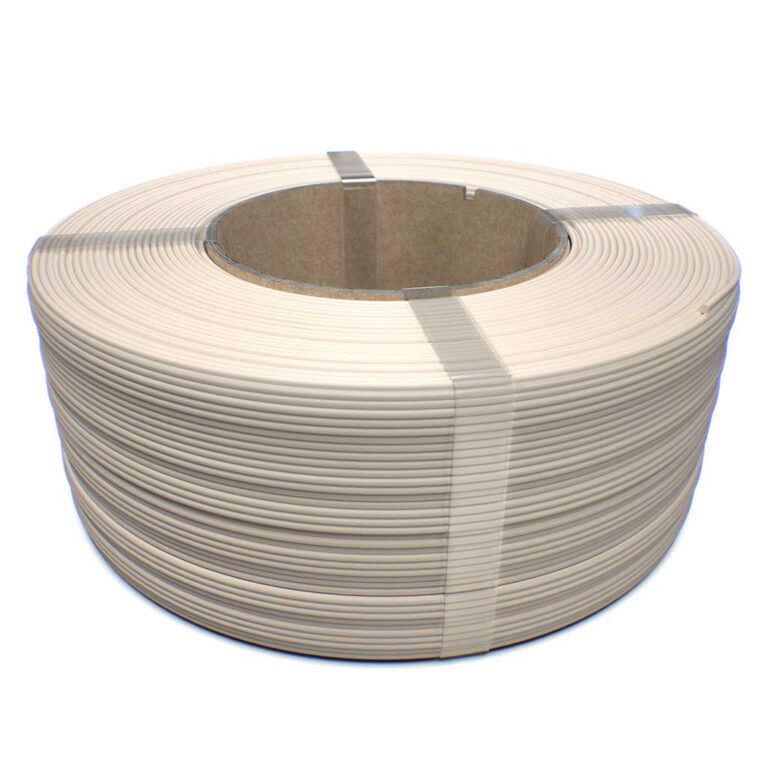Now Available: Premium PLA & ApolloX Flame Retardant Filaments

Flame Retardant 3D Printing Materials – Safe, Strong, and Now Easier to Print
In industries where safety is non-negotiable, flame retardant materials are key. Whether it’s for automotive components, electrical housings, or public-use devices, reducing fire risk is essential. That’s why we at FormFutura are proud to introduce two exciting additions to our product line: Premium PLA Flame Retardant and ApolloX Flame Retardant.
These materials offer advanced flame-retardant performance without sacrificing print quality or ease of use—two things we never compromise on.
Why Flame Retardancy Matters
When materials are exposed to heat or fire, their reaction can be the difference between a safe outcome and a dangerous situation. Flame retardant filaments are designed to self-extinguish, reduce flame propagation, and minimize smoke. This makes them ideal for:
-
- Electronic enclosures
-
- Automotive interiors
-
- Public transportation systems
-
- Consumer products with strict safety standards
What Does UL94 V-0 Actually Mean?
When we say our new flame retardant materials are UL94 V-0 certified, we’re referring to a globally recognized safety standard for how materials react to fire.
UL 94 is a plastics flammability standard from Underwriters Laboratories (UL) that classifies materials based on how they burn in various orientations and conditions. The V-0 rating is one of the most stringent classifications.
Here’s what it means in practical terms:
-
- The material is tested in a vertical orientation, which is more challenging than horizontal (gravity helps flames spread).
-
- A flame is applied to the test sample for 10 seconds, then removed.
-
- The material must stop burning within 10 seconds after each flame application.
-
- No flaming drips are allowed—this is crucial for preventing secondary fires.
-
- The material must not ignite nearby tissue or cause particles to continue burning after dripping.
In short:
UL94 V-0 = Stops burning fast + No flaming drips = Safer parts.
This rating is often required in applications where fire risk must be minimized, such as in electronics, automotive interiors, appliances, or public installations. Having this certification assures designers and engineers that the material won’t contribute to fire hazards if the worst happens.
So, when you choose Premium PLA Flame Retardant or ApolloX Flame Retardant, you’re choosing materials that not only print beautifully but meet some of the highest safety standards in the industry.
Meet Our New Flame Retardant Filaments
Premium PLA Flame Retardant
If you love the printability of PLA but need it to meet higher safety requirements, Premium PLA Flame Retardant is your go-to solution. It prints just like standard PLA—no heated chamber required, minimal warping, and great layer adhesion—but with the added bonus of flame retardancy (UL94 V-0 certified).
-
- Excellent dimensional stability
-
- Flame retardant according to UL94 V-0
-
- Ideal for education, prototyping, and enclosures
-
- Sustainable: made with renewable resources
-
- Easy to print on virtually any FDM 3D printer
This filament brings fire safety to the desktop level, making it accessible for makers, engineers, and prototypers who don’t want to deal with tricky industrial-grade materials.
ApolloX Flame Retardant
Looking for something more robust? ApolloX Flame Retardant combines the strength and weather resistance of our tried-and-tested ApolloX (ASA-based filament) with built-in flame retardancy.
-
- Certified UL94 V-0
-
- UV and weather resistant
-
- High impact strength and temperature resistance
-
- Excellent interlayer adhesion
-
- Suitable for automotive and industrial-grade parts
ApolloX Flame Retardant is ideal for demanding applications—both indoors and outdoors—where safety, strength, and stability are a must.
Safety Without Sacrificing Printability
At FormFutura, we believe in making professional-grade materials more accessible. With Premium PLA Flame Retardant and ApolloX Flame Retardant, you don’t need a high-end industrial printer to produce parts that meet rigorous safety standards.
Both filaments are optimized for FDM 3D printing, ensuring consistent extrusion, high layer bonding, and smooth surfaces—just like you’re used to from our other materials




